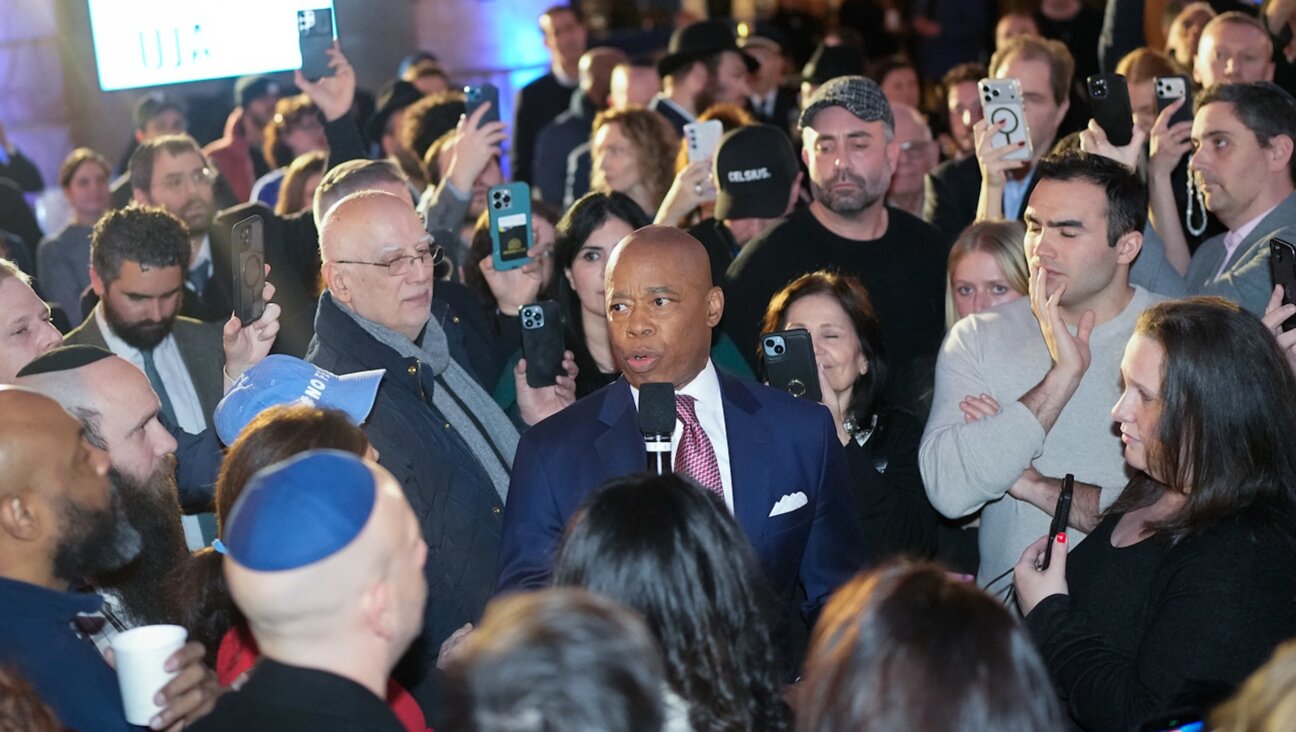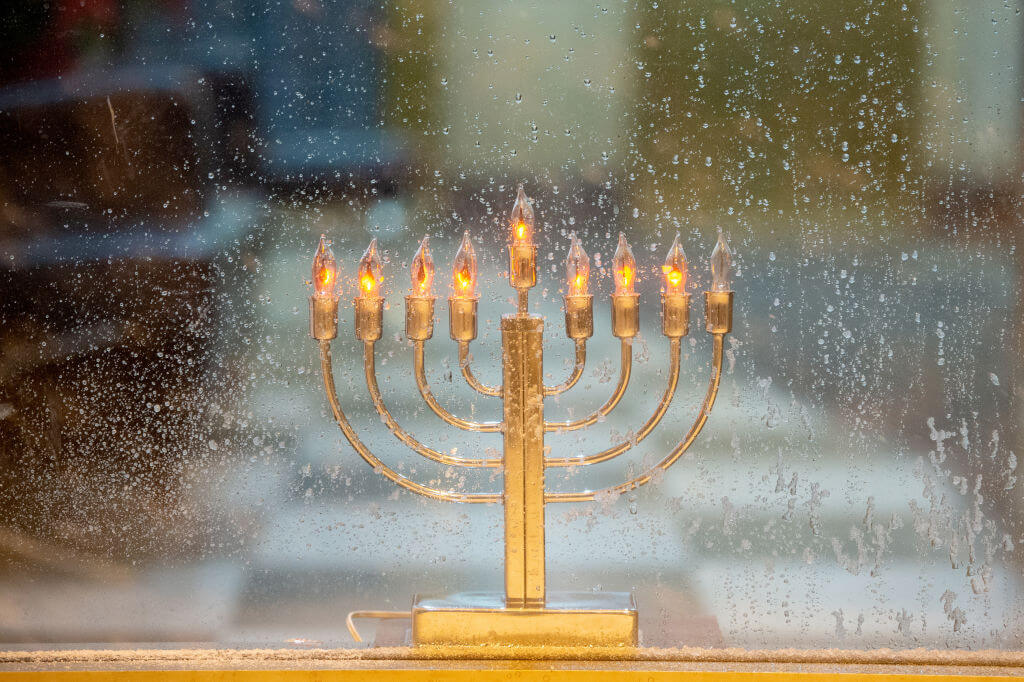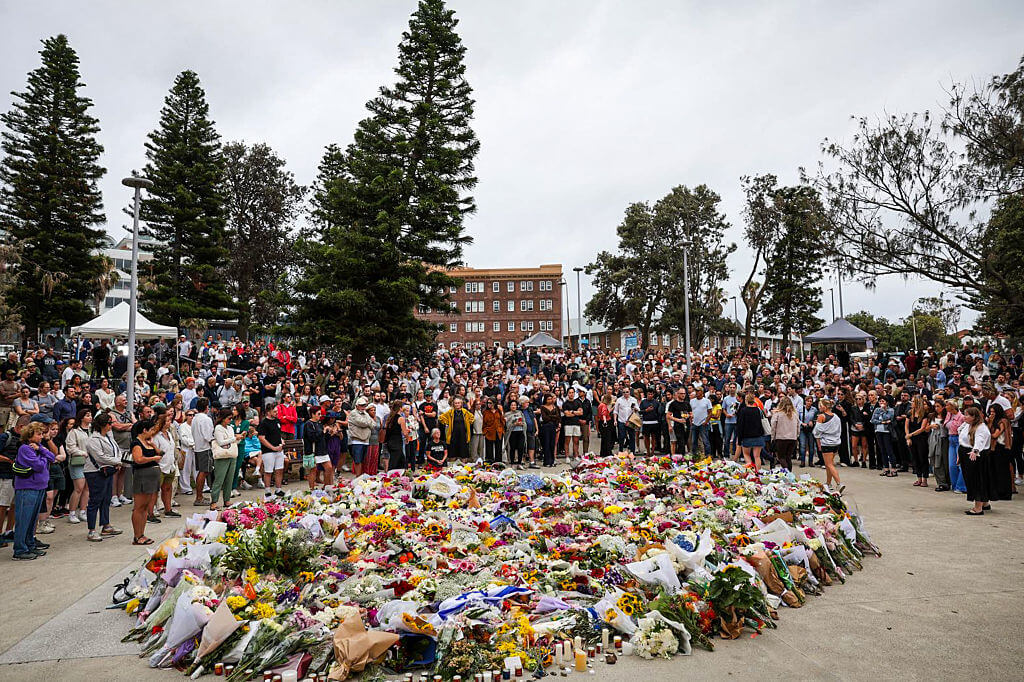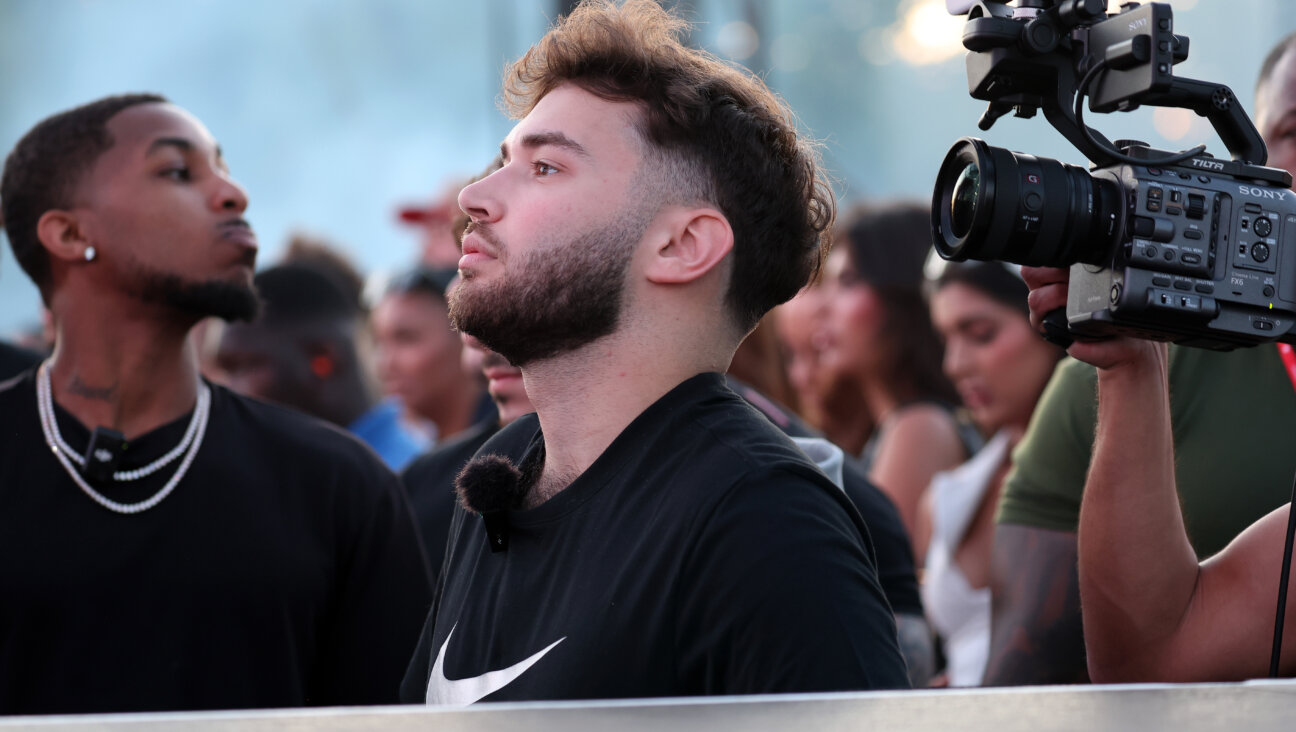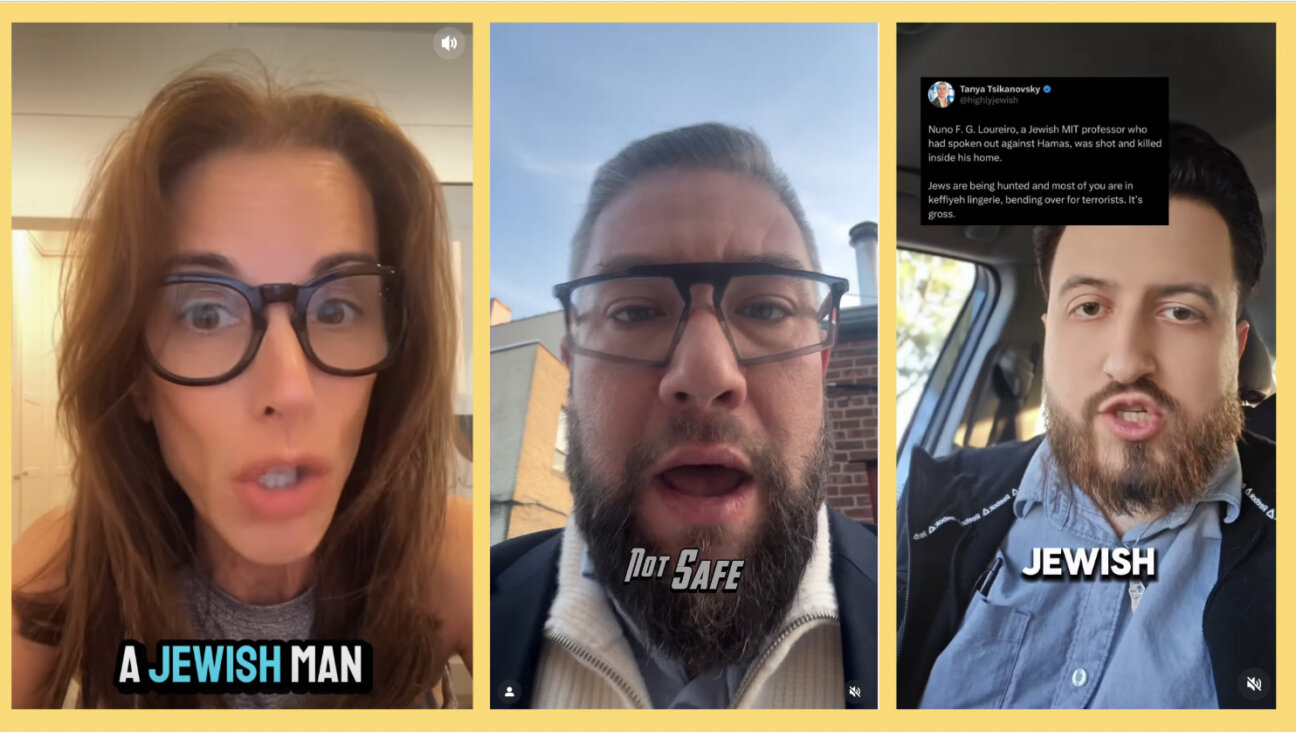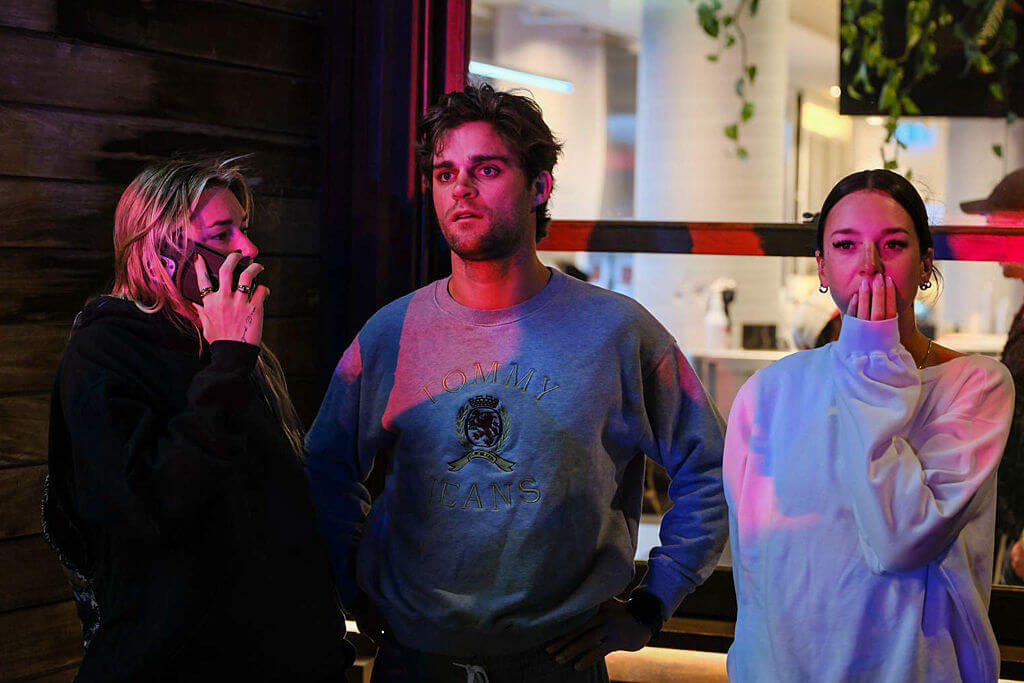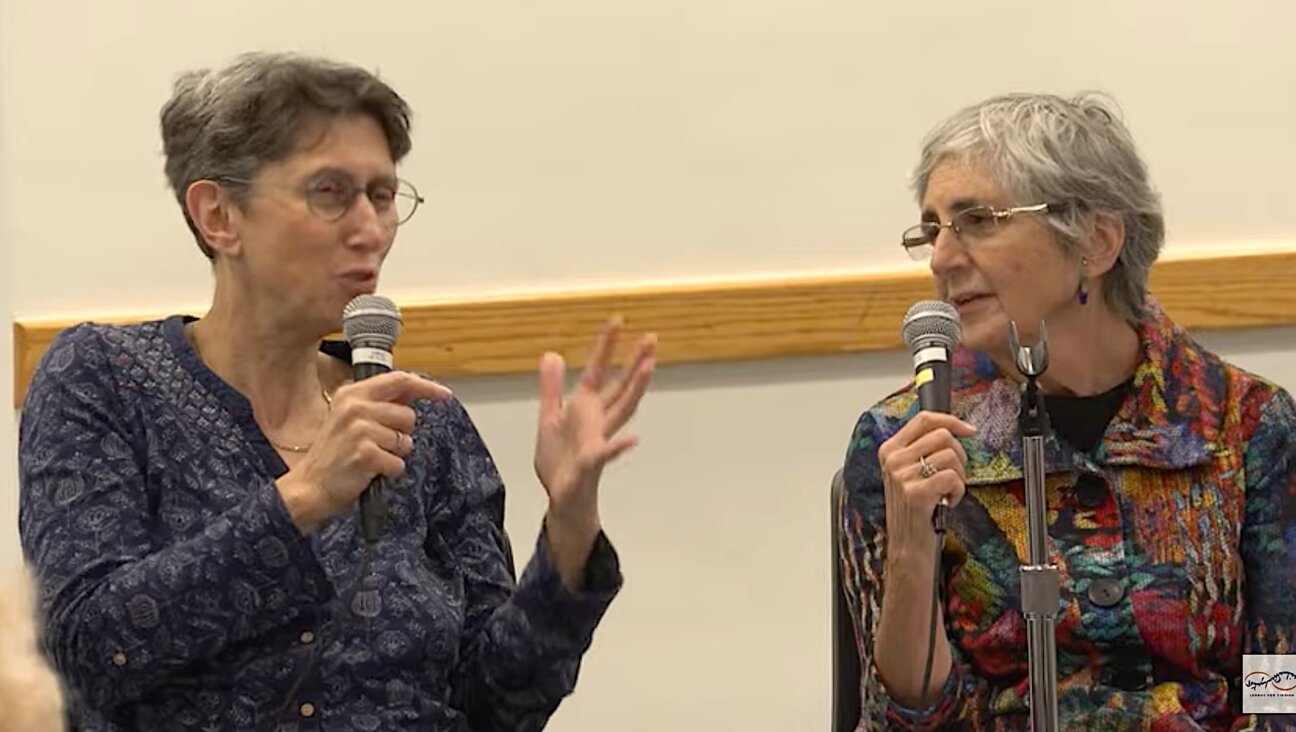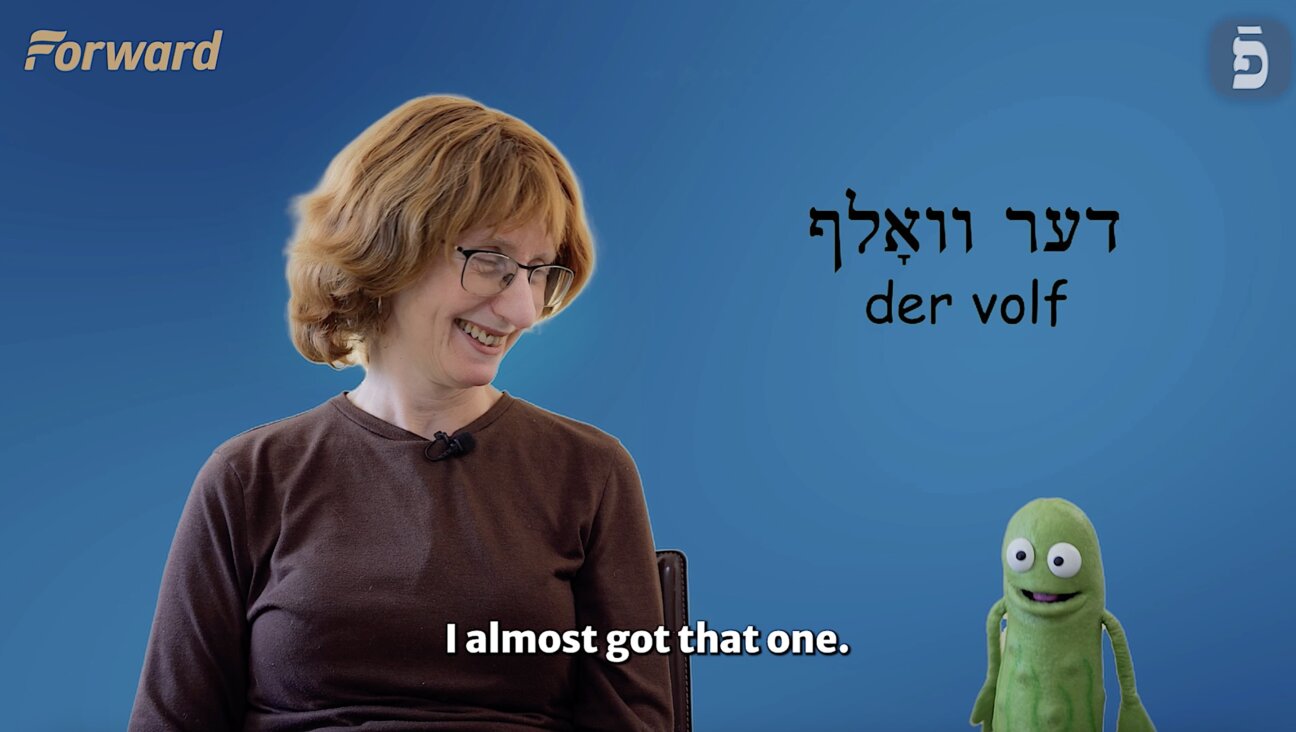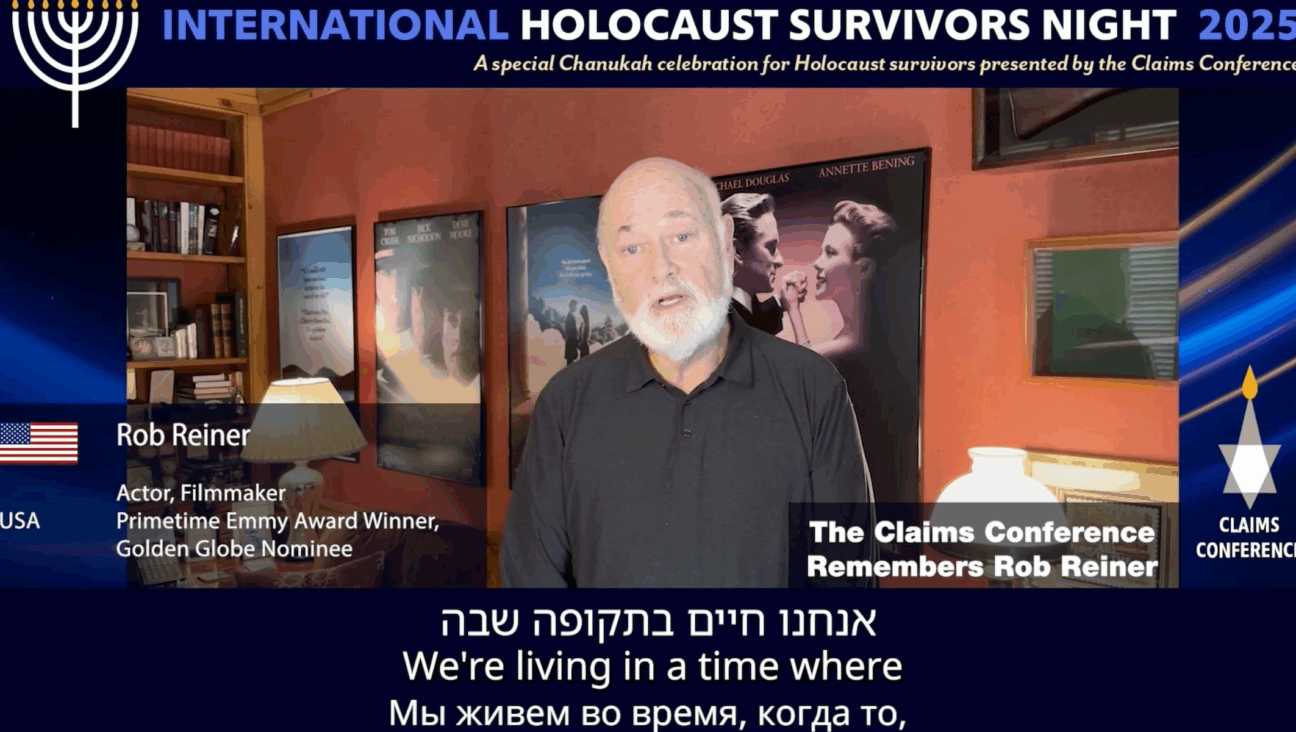‘He was a mensch’: Slain Messianic Jew remembered as bridge-builder
Yaron Lischinsky was killed outside the Capital Jewish Museum in Washington
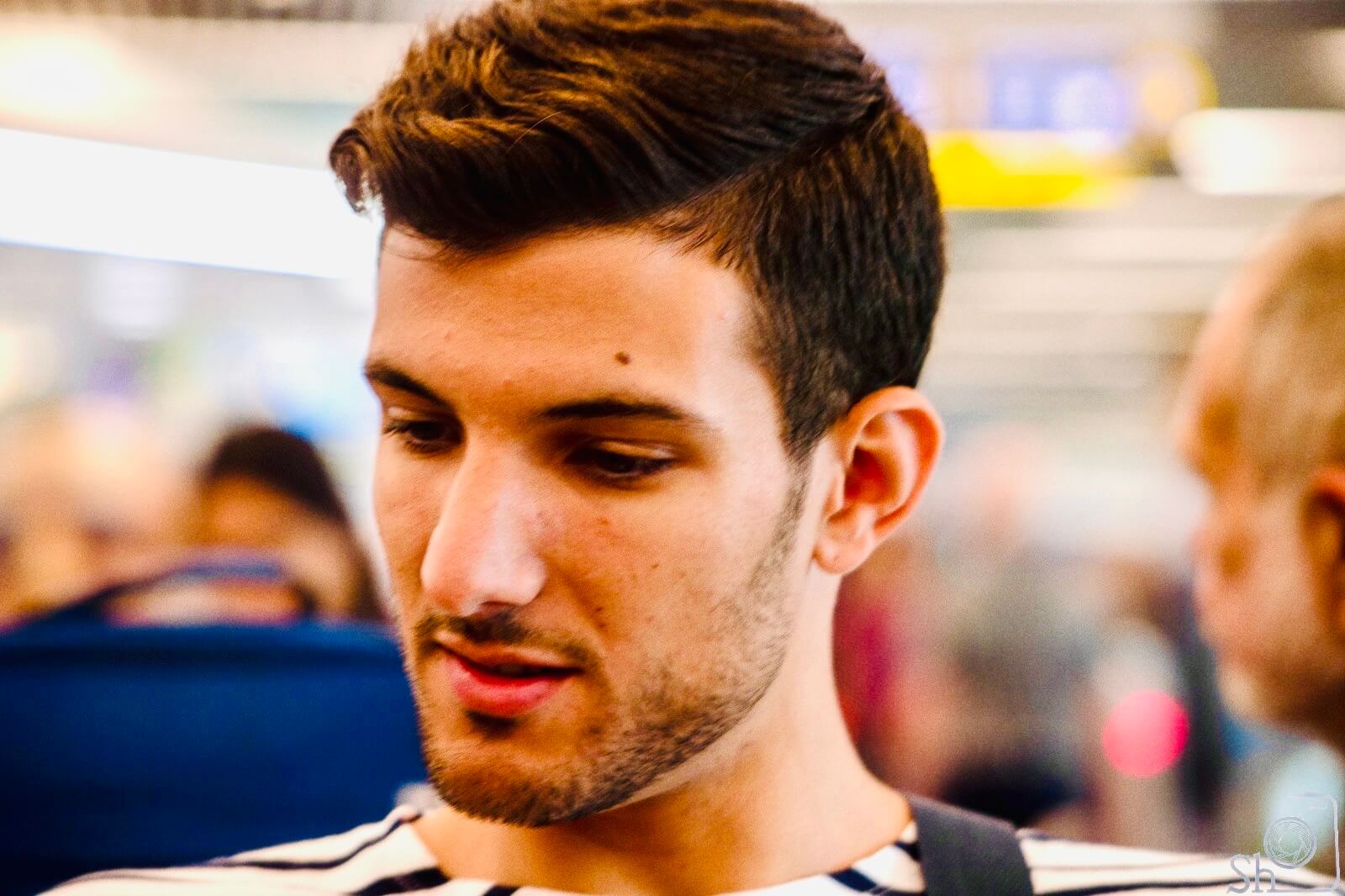
Yaron Lischinsky in Switzerland on a 2017 trip Israeli solders took after they had completed military service. Photo by Daniel Boskey
When David Boskey first met Yaron Lischinsky at a small Hebrew-speaking congregation in downtown Jerusalem, he saw someone who was “soft-spoken, but not timid. Always smiling. Always volunteering.” They were like brothers, Boskey said — one older, one younger — drawn together by faith, questions of identity, and a shared commitment to Israel.
Now Boskey, 39, is mourning the loss of that friend. Lischinsky, 30, was one of two Israeli Embassy staffers killed Wednesday night in Washington, D.C., in what authorities are investigating as a possible hate crime. The gunman opened fire outside the Capital Jewish Museum, where Lischinsky and his girlfriend, Sarah Milgrim, had just attended an American Jewish Committee event.
They were to fly to Israel on Sunday. Yaron had planned to propose in Jerusalem.
“It’s beyond tragic,” said Boskey, 39, who now lives in Kentucky, where he is studying at Asbury Theological Seminary and getting a Ph.D. in biblical studies. “He was a mensch.”
The sole suspect, 30-year-old Elias Rodriguez of Chicago, is in custody. Witnesses said he pulled out a red kaffiyeh and shouted “Free Palestine” and “I did it for Gaza” after confessing to the shooting.
Lischinsky, born in Germany to a Jewish father and Christian mother, moved to Israel at 16 and found a spiritual home in Melech Ha’Mlachim — “King of Kings” in English — a Messianic congregation near Jerusalem’s bustling Mahane Yehuda market. There, he translated sermons for English-speaking visitors and regularly stayed after services to talk about his future with Boskey, who led the youth group.
“We would talk about the future, our goals, what we wanted to do in life,” Boskey recalled. “He was very inquisitive, very bright, a deep thinker.”
What is Messianic Judaism?
Messianic Judaism is a religious movement made up of people who identify ethnically and culturally as Jewish and believe that Jesus — whom they call Yeshua — is the promised Messiah.
Most adherents consider themselves Jewish, a position rejected by the mainstream Jewish community but embraced by congregations like Melech Ha’Mlachim. Unlike Jews for Jesus — an evangelical missionary organization — most Messianic congregations in Israel are locally run and culturally Jewish, with Torah readings, Hebrew prayer and Jewish holiday observance.
Below is a video about the congregation in which Lischinsky appears in the crowd.
“Our congregation is all Jewish Israelis for the most part,” Boskey said. “We read from the Torah scroll. Everything is done in Hebrew.”
Lischinsky’s family are also members of Melech Ha’Mlachim. “They are all wonderful people,” Boskey said, “all part of the congregation.”
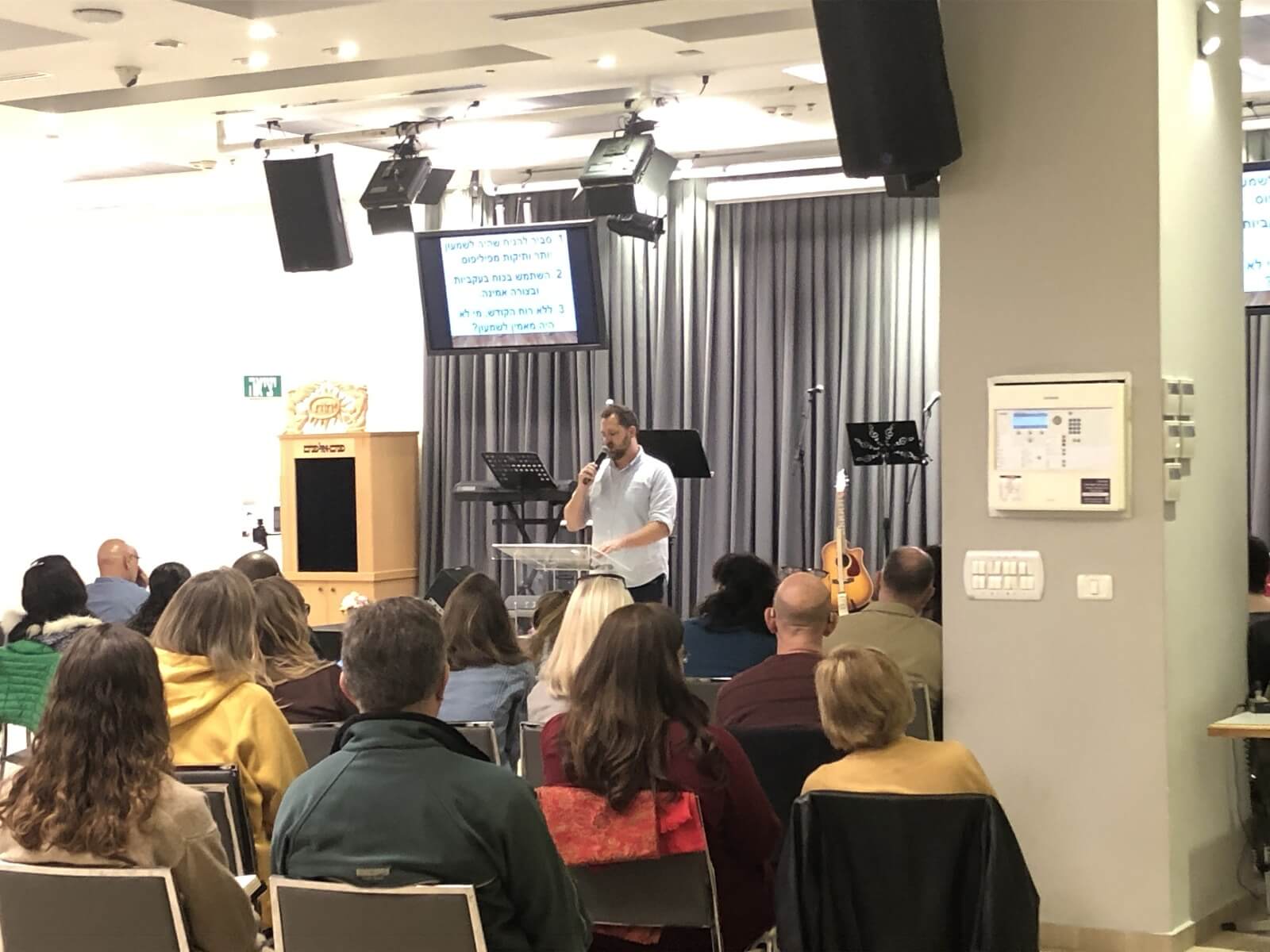
Still, Lischinsky’s religious identity has stirred confusion in the wake of his death. Ronen Shoval, dean of the Argaman Institute in Jerusalem, where Lischinsky participated in a yearlong program, described him to The New York Times as “a devout Christian” who “tied his fate to the people of Israel.” Israel’s ambassador to Germany, Ron Prosor, also referred to him as Christian in a tribute posted to social media.
But Boskey pushed back on that framing. He said that Lischinsky, like others in their congregation, saw himself as a Jew who believed Jesus was the Messiah — and that this belief did not negate his Jewish identity.
Professionally, Lischinsky worked at the Israeli Embassy in D.C. as a research assistant, where he was passionate about the Abraham Accords and interfaith dialogue. He held a master’s degree in diplomacy. He served in the Israel Defense Forces (mandatory under Israeli law). His LinkedIn bio called him “an ardent believer” in peace-building.
‘Sarah never sweated’
Milgrim, 26, who also worked at the embassy, shared that passion. Raised in the Kansas City suburbs — where her family belongs to Congregation B’nai Jehudah, a Reform synagogue — she was a teenager when, in 2014, a white supremacist shot and killed three people at Jewish institutions in that city. She was also active in responding after swastikas were painted at her high school in 2017. “I worry about going to my synagogue and now I have to worry about safety at my school and that shouldn’t be a thing,” she told a local news station at the time.
She later joined the board of the University of Kansas Hillel and traveled to Israel on Birthright.
In Washington, she became known as a skilled event planner who helped the Israeli Embassy partner with marginalized communities. Josh Maxey, executive director of Bet Mishpachah, a local LGBTQ+ synagogue, recalled working with her on several events.
“Sarah never sweated,” Maxey said. “She just operated with such class and calm.”
On Thursday morning, Attorney General Pam Bondi visited the scene of the shooting and described how local rabbis had come to clean the blood from the sidewalk. “There is a ritual when a Jewish person dies,” Bondi said. They clean the blood by “scrubbing the floor,” she explained, “even out of the cracks of the sidewalk.”
“They didn’t know these young people personally,” she added. “And they came out here, and they’re cleaning their blood. They put it in a bag, and then that bag will be buried with these two beautiful young people.”


